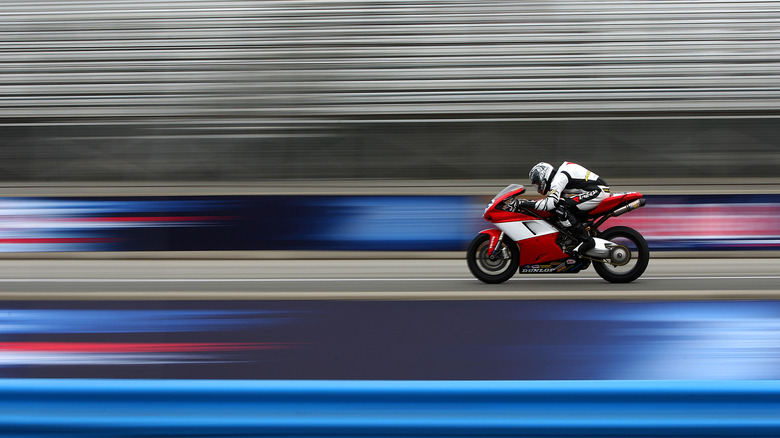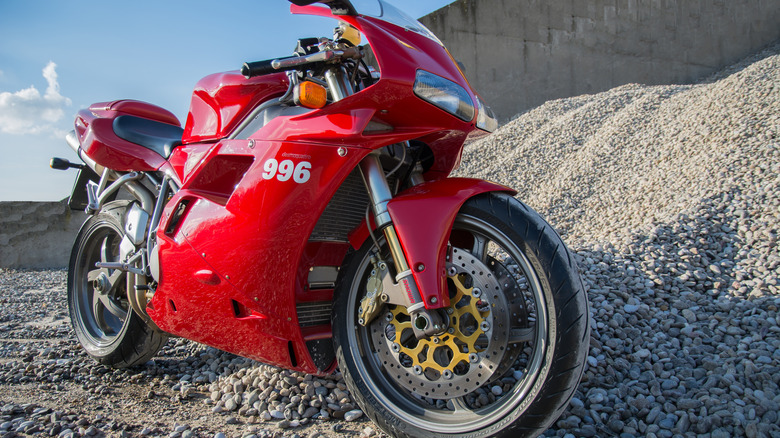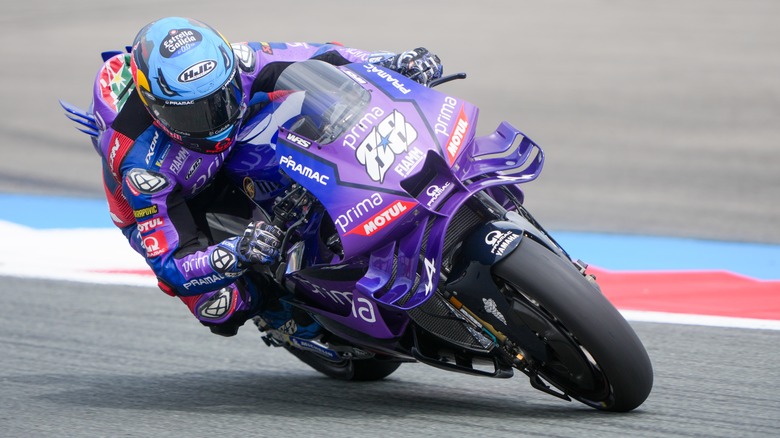Are Higher CC Motorcycles Faster? Here's How Engine Size Affects Speed
Whether you're tearing up back twisties on your favorite sportbike or going full throttle on the interstate on a cruiser, the power you feel and how fast you go is directly related to engine displacement, measured in cubic centimeters (cc). It represents the volume swept by pistons and is often used to suggest speed potential. That being said, larger engine size doesn't always produce higher velocity.
For example, a cheap 600cc sportbike can produce 120+ hp and rev above 10,000 rpm, while a bigger 1,000 cc touring bike may deliver less horsepower at lower revs due to design emphasis on torque and comfort. In real-world situations, a high-revving mid-cc sportbike will outpace larger, higher cc bikes in most cases thanks to a better power-to-weight ratio and aggressive tuning.
Simply put, more cc offers higher capacity, but true speed depends on how that capacity is engineered and utilized. This concept helps riders understand that higher cc is just the starting point for performance.
Why bike design affects top speed
Going beyond cc, motorcycle speed depends heavily on design. It's common for touring bikes with higher displacement to weigh over 500 pounds because of added fairings, luggage, and structural reinforcements. Sportbikes, on the other hand, shed excess weight, often weighing between 300 and 500 pounds, and use aerodynamic fairings with over-square engines (short-stroke engines) tuned for high revs. This setup optimizes horsepower for acceleration and top speed.
In addition, sportbike manufacturers want to reduce aerodynamic drag as much as possible. Drag increases greatly with speed; on the freeway, it can be three to four times higher than rolling resistance. This isn't good for performance or efficiency. High-speed windblast on a sportbike also adds to rider fatigue and makes for an overall uncomfortable ride.
A streamlined design helps reduce that strain, making it easier to go fast. Tapping into the speed that higher cc provides requires understanding that gear ratios also matter. Having closer gear spacing in these motorcycles keeps the engine in its power band during rapid acceleration. Displacement alone isn't enough.
How maintenance, rider position, and traction unlock cc potential
Here's great new value for discerning riders: proper maintenance, riding posture, and traction management let you unlock engine size benefits, regardless of raw cc numbers. First, dyno motorcycle engine tuning, clean air and fuel filters, valve clearance, and high-octane fuel can preserve peak hp and torque. With tuning alone, it's not unusual to unlock an extra 8 to 10 horsepower and 10 to 15 foot pounds of torque from the engine you already have. Second, tucking down on a fast bike cuts wind drag and can bump top speed by several miles per hour, especially on liter-class machines. Some tests show gains in the single-digit percent range just by lowering a rider's profile.
The third and final thing to note is that the better traction you have, the quicker you can reach and maintain top speeds. High power-to-weight ratio bikes spin rear tires when you hammer down on the throttle, leading to a loss in power efficiency. Using the correct tire pressure, suspension setup, and applying smooth throttle helps transfer more cc-generated power to forward motion, improving lap times and acceleration. These human and mechanical details transform surplus cc into usable speed and riding enjoyment.


